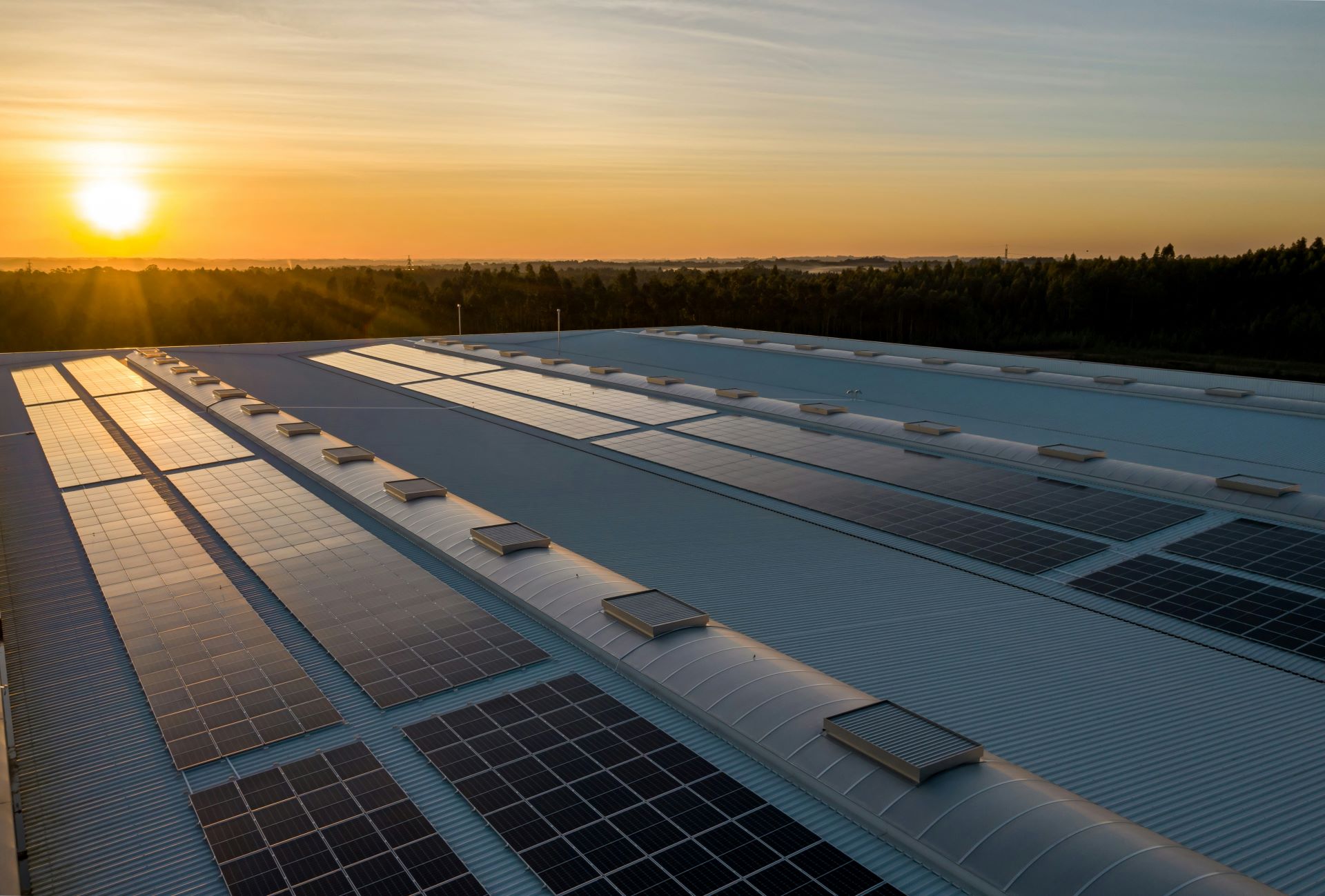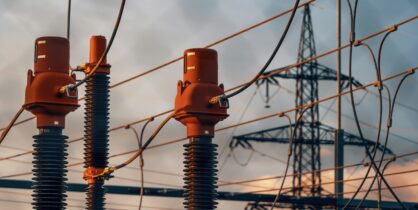Using AI to Enhance Solar Power Performance

Electricity market volatility challenges photovoltaic operators, but an AI-based prediction tool may provide the solution.
Ignacio Sanz is the partner director of ASIC XXI, a Spanish company with over a decade of experience providing expert consultancy services and specialised software to electricity companies. He is also a leading partner of the PVOP project, a European-funded initiative that is working on developing solutions to digitalise the photovoltaic (PV) sector and improve solar power performance.
In PVOP, ASIC XXI is leading the development of an AI-based electricity market prediction tool that could maximise revenues for solar plant managers through financial planning, resource optimisation and smart market participation.
In this conversation, Ignacio Sanz explores the challenges posed by the integration of renewable energies, the limitations of traditional forecasting models and the potential of the AI-based electricity market prediction tool they are developing in PVOP.
How does the volatility of electricity markets pose challenges for photovoltaic plant operators, especially with increasing renewables penetration?
Volatility in electricity markets creates uncertainty for PV operators. With the growing share of renewables in a marginal pricing system, this volatility is amplified by weather‑driven variability, slower demand growth compared to supply, and regulatory shifts. These factors complicate financial planning, storage use, and participation in futures markets. AI‑based predictive tools help mitigate these risks by anticipating changes with greater accuracy, maximising revenue opportunities and supporting more reliable decision‑making.
What are the limitations of traditional electricity market forecasting models, and how does AI address these gaps?
Traditional models rely mainly on historical statistics and linear analysis. They struggle with non‑linear dynamics, real‑time data, or complex interactions between weather, demand, and policy. AI can process large datasets, detect hidden patterns, and adapt dynamically. For example, deep learning integrates weather forecasts with market variables to provide more robust and actionable predictions. Early validation in simulated environments shows 15–20% higher accuracy than classical approaches.
In which ways can accurate market prediction shape strategies for pricing, storage, and grid interaction for renewable operators?
Accurate forecasts allow operators to sell during high‑price periods, improving profitability. They also enable the optimal use of batteries — charging when prices are low, discharging when profitable. At the same time, they support participation in ancillary services such as aFRR and mFRR. In PVOP, forecasts are directly connected with the Smart Energy Management System and digital twin models, ensuring that predictions translate into operational strategies and maximise the overall revenue stack.
Regarding your participation in PVOP, what is the project about, and what is ASIC XXI’s role in it?
PVOP is a Horizon Europe project that brings together academia, small and medium-sized enterprises (SMEs), and industry to digitalise the PV sector for the terawatt era. The consortium aims to increase the performance ratio by 4.7% and reduce operation and management costs by 32%. ASIC XXI leads the development of the AI‑based market prediction tool. This tool is one of the project’s key exploitable results and is central to enabling data‑driven, revenue‑optimised participation of PV operators in electricity markets.

Can you explain to us briefly how this AI-based electricity market prediction tool functions?
The tool combines advanced machine learning algorithms with data from weather forecasts, historical demand, and regulatory frameworks. It models non‑linearities and correlations between variables, while continuously adjusting as new information arrives. Operators access results through dashboards that present forecasts, key drivers, and confidence levels, ensuring transparency and trust in the outputs.
What distinguishes this AI-based tool in terms of its ability to model complex variables such as weather, demand fluctuations, and regulatory shifts?
As the tool combines advanced machine learning algorithms with diverse data sources, its ability to handle non-linearities and cross-variable correlations ensures accurate modelling even under highly complex conditions. Additionally, the tool incorporates continuous feedback mechanisms, dynamically adjusting to new real-time data.
How does the tool handle edge cases or high-stress market scenarios, such as price spikes or demand surges?
The tool is designed to anticipate and manage edge cases by analysing historical patterns and real-time monitoring. For example, it employs probabilistic models to predict the likelihood of price spikes and adapts its recommendations accordingly. This stochastic approach ensures optimised decision-making. In high-demand scenarios, the tool prioritises strategies to maximise generation and storage performance, ensuring optimal outcomes even under adverse conditions.
Can you provide insights into the transparency of the tool’s predictions? How do operators verify and trust the AI’s outputs?
Transparency is critical. Forecasts come with clear explanations and visualisations of input variables, along with validation against real data. Automated audits compare predictions with actual outcomes. This openness allows operators to trust the tool and integrate it into their daily decision‑making.
What measurable impacts have early adopters seen in terms of profitability or operational efficiency?
The tool is still in development, currently at TRL 4–5 (meaning early prototype testing stage, validated in relevant environments). While commercial roll‑out has not yet begun, early tests show strong potential for increasing profitability and operational efficiency. Gains include more accurate price forecasts, optimised storage use, and reduced manual forecasting effort.
The EU PVSEC, the largest international Conference for photovoltaic research and technologies, is taking place in Bilbao, Spain, at the end of September. Is PVOP participating in the event and presenting their solutions?
Yes, PVOP is participating in the EU PVSEC. We are hosting a parallel event on 23 September in which project colleagues are going to share insights into current challenges facing the solar power industry and explore some of the possible solutions. It will be a participatory session to enhance the collaboration between PV operators, managers and experts.
What motivates you personally to work on the digitalisation of PV operations?
For me, digitalisation is the key to turning volatility into opportunity. Smarter tools can unlock untapped value for PV operators, giving them confidence to invest and innovate. Seeing this potential materialise is what motivates me to keep pushing these solutions forward.
What is your vision for the long‑term impact of this tool?
In the long run, I see every PV plant in Europe — from utility‑scale projects to smaller systems — using intelligent forecasts to make informed decisions. By combining market prediction with storage, grid services, and operational control, we can secure stable revenues for operators while supporting a more resilient and decarbonised energy system.


